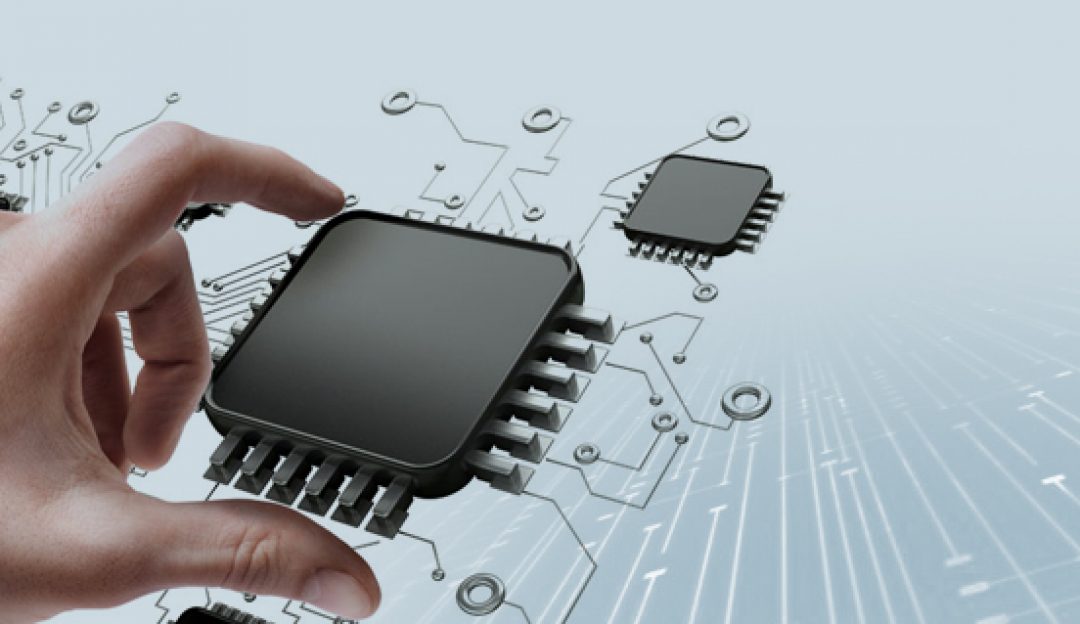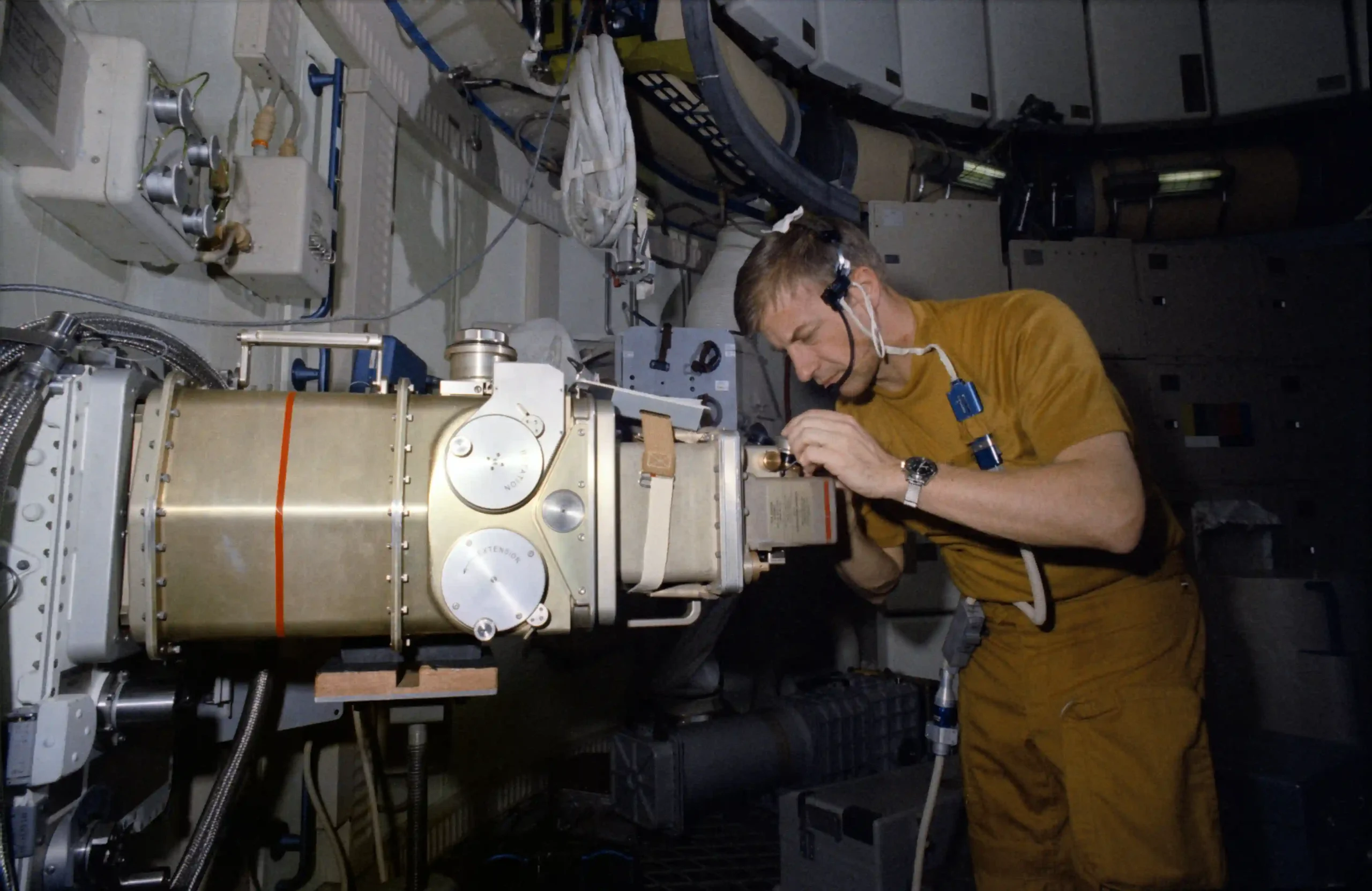The problems of components becoming obsolete are set to get more severe, warned industry experts at a major conference last week in Bristol.
The International Institute of Obsolescence Management (IIOM) saw over 100 engineers in the city looking at the challenges for systems in transport, power and industrial applications when replacement chips are no longer available. This is becoming more of a problem as recent semiconductor company mergers will see a large number of components and package styles becoming obsolete.
One example from the conference is that Boeing 747 jumbo jets still use floppy disks to transfer data from the flight desk, and airlines have to keep re-using the disks as they cannot buy more.
The shortage of parts also leads to more counterfeit parts as engineers repairing systems look to many different sources to find a replacement part.
“2015 saw a massive increase in the mergers and acquisitions in the semiconductor industry and that continued in 2016,” said Peter Marston, a consultant to Rochester Electronics, speaking at the conference. Rochester is the largest supplier of ‘end of life’ devices, buying up the last runs of chips when they are discontinued and storing them. It has a bank of 12 billion die from 70 chip makers that it then puts in a package to suit the customer.
“We think that in the next two to three years the rate of PDNs (product discontinuation notices) will be three to four times today’s number – that will go up very dramatically over the next couple of years,” he said.
He points to the recent merger of Qualcomm and NXP/Frescale Semiconductor where some iconic parts will stop being made. “With Freescale probably some of the older processors will disappear such as PowerPC and 68xxx. That’s the direction we believe the merger is going. We don’t see where they fit in in the newer growth markets,” he added.
Packages also become obsolete. “One package that has pretty well gone is the 40pin DIL (dual in line). We can’t get a subcontractor to package these so we have had to install our own packaging line,” said Marston. That also applies to PQFP plastic quad flat packs. “The higher pin count 240 packages will be first, followed by others,” he said.
The mergers also drive counterfeiting as skilled staff are laid off and specialist equipment is sold off, says Marston at Rochester. That will be more of a problem over the next few years, he predicts.
Obsolescence management
The conference also looked at the way obsolescence is managed. The transport division of Alsthom, for example, is proposing a new scheme across its divisions, management software and different European languages.
“The problem we have in rail is we talk about component lifetime of three to five years but we want the operational life to be 20, 30 or even 50 years,” said Stuart Broadbent, Obsolescence Director at Alsthom Transport (pictured above). “Equipment gets a lifetime of 10 to 15 years because it can’t always be maintained and repaired.”
Part of the problem is that French and German have different words for obsolete equipment that don’t necessarily mean the same in English. “So we need a common vocabulary with a full definition and to apply that consistently,” he said.
The idea is to give a numeric value to the different levels of the components and systems, from chips to electronic and mechanical sub-systems to signalling systems and entire trains or trams.







